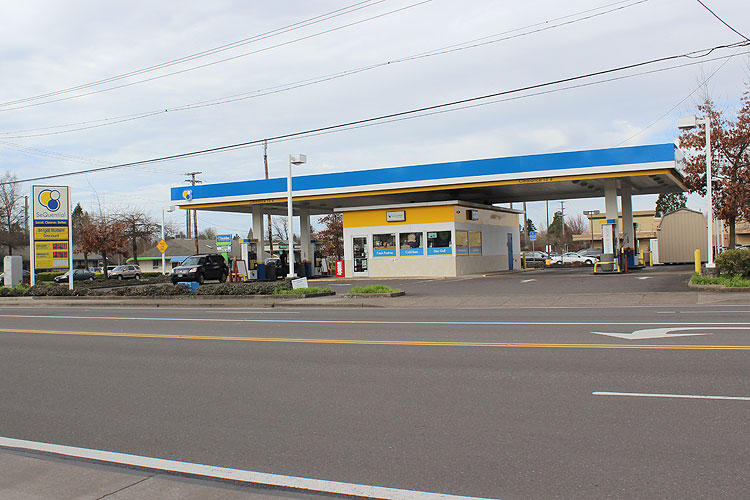

7% biodiesel, 93% petrodiesel is labeled B7.10% biodiesel, 90% petrodiesel is labeled B10.20% biodiesel, 80% petrodiesel is labeled B20.Much of the world uses a system known as the "B" factor to state the amount of biodiesel in any fuel mix: Blends Biodiesel sampleīlends of biodiesel and conventional hydrocarbon-based diesel are most commonly distributed for use in the retail diesel fuel marketplace. The US National Biodiesel Board defines "biodiesel" as a mono-alkyl ester. Biodiesel blends can also be used as heating oil. However, it is usually blended with petrodiesel (typically to less than 10%) since most engines cannot run on pure biodiesel without modification. Unlike the vegetable and waste oils used to fuel converted diesel engines, biodiesel is a drop-in biofuel, meaning it is compatible with existing diesel engines and distribution infrastructure. It is typically made by chemically reacting lipids such as animal fat ( tallow), soybean oil, or some other vegetable oil with an alcohol, producing a methyl, ethyl or propyl ester by the process of transesterification. ( January 2023) ( Learn how and when to remove this template message)īiodiesel is a form of diesel fuel derived from plants or animals and consisting of long-chain fatty acid esters. Please help by removing excessive detail that may be against Wikipedia's inclusion policy.

This article may contain an excessive amount of intricate detail that may interest only a particular audience.


 0 kommentar(er)
0 kommentar(er)
